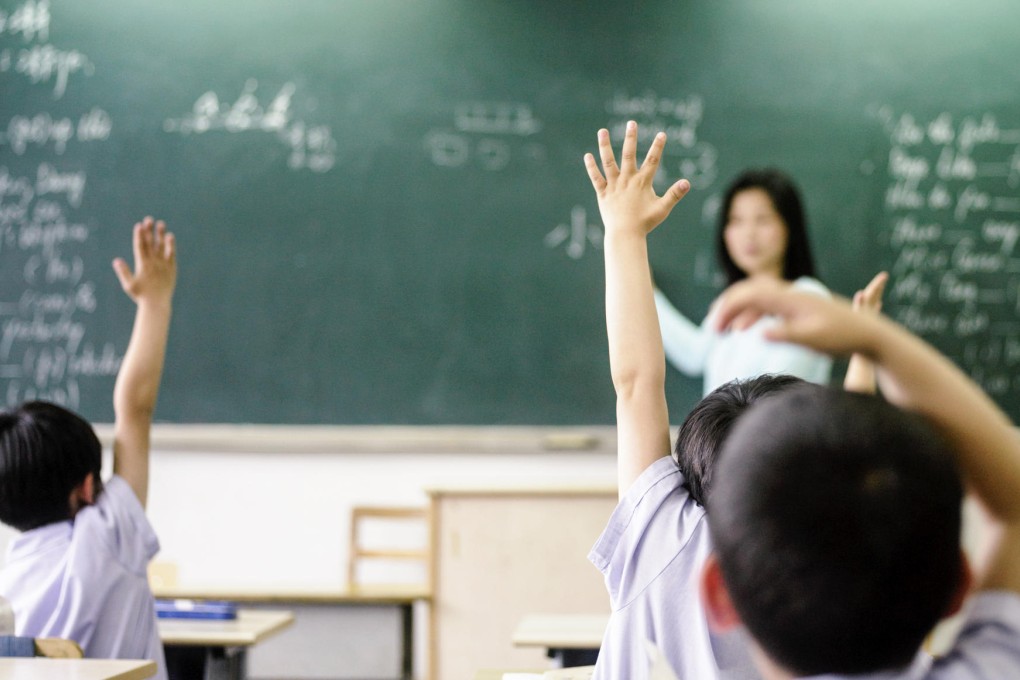Learning curve: grouping students by ability works in language classes

A parent raised an interesting issue recently when she asked why students are grouped by ability in a language class - for example, in beginners, intermediate and advanced groups when studying French or Putonghua - but they are not grouped by ability in my biology class, when some students struggle more than others in understanding abstract concepts and biological jargon.
She was referring to the practice of grouping students of similar ability for instructional purposes. Yes, one size does not fit all - so ability grouping can be used for any subject.
But most schools have mixed-ability grouping for science subjects. This is because research shows ability grouping causes students in lower tiers to internalise their label - leading to a self-fulfilling prophecy.
"Then why does ability grouping work for languages?" the parent inquired.
Ability grouping can take several forms. Ability-based groupings "in-class" (such as reading groups within one classroom) or "whole-class" (students are assessed and placed into specific classrooms with peers of similar ability) have received lots of attention in educational research and have also been subject to scrutiny for the inequity they represent.
Studies have found a positive side to grouping. In language classes, research shows that ability grouping allows some students to progress faster. Students then have a better chance of becoming more proficient in the language, compared with students who need to spend more time learning it. When the teachers used ability grouping, the students' assessment scores for reading were significantly higher, showing a positive correlation between ability grouping and reading.